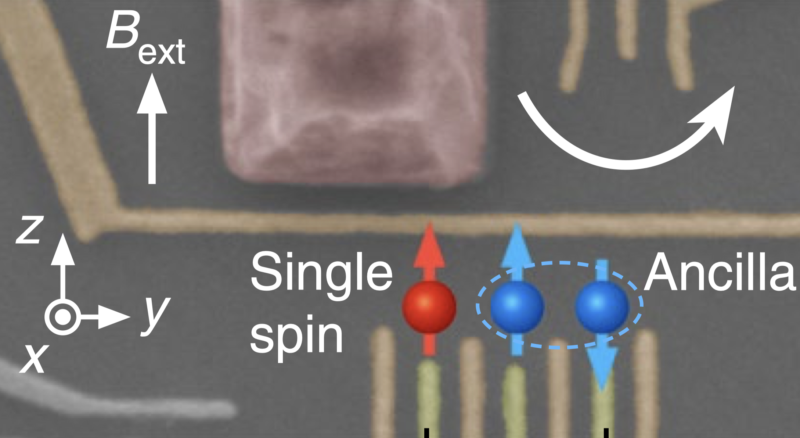Electron qubit non-destructively read: Silicon qubits may be better

Enlarge (credit: Takashi Nakajima)
I suspect that if you asked an engineer at Intel about quantum computing, they probably wouldn't want to know about it unless the chips could be fabricated using standard fabrication technology. Using standard processes means using electrons as the basis for quantum computing.
Electrons are lovely in many respects, but they are rather extroverted. It doesn't matter what you do, they will run off and play with the neighbors. The constantly interacting electron does not look after its quantum state, so quantum information is rapidly lost, making processing really difficult. This makes the achievement of a quantum non-demolition measurement in an electron system rather remarkable.
Don't demolish my quantum stateSo, what is a quantum non-demolition measurement? Let's start with the quantum state of an electron. Electrons have a property called spin. For any given orientation (let's choose vertical), the electron's spin can take on two values: up and down. I can measure and set these states: I set the state to up and measure the state to be up, for instance. But, this is a quantum property, so we can also set the state to be some mixture of the two, say 50 percent up and 50 percent down. This is called quantum superposition.
Read 9 remaining paragraphs | Comments